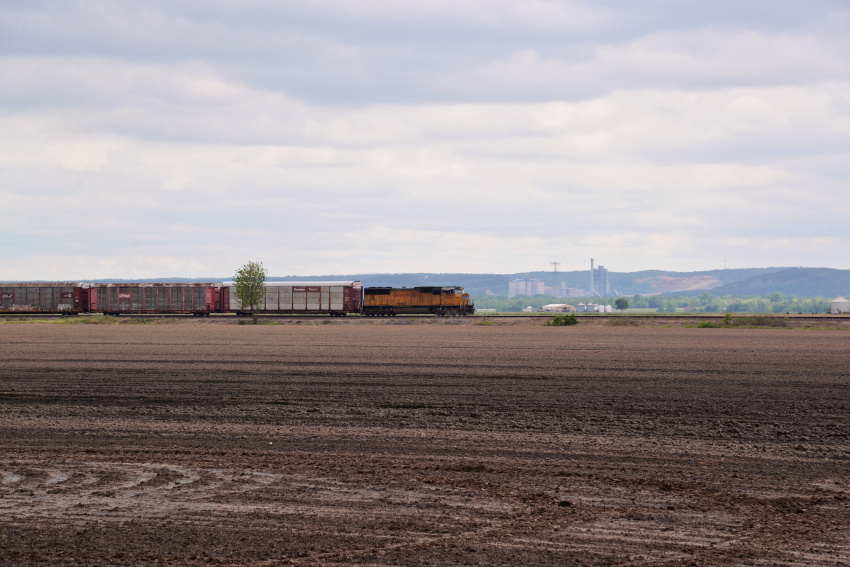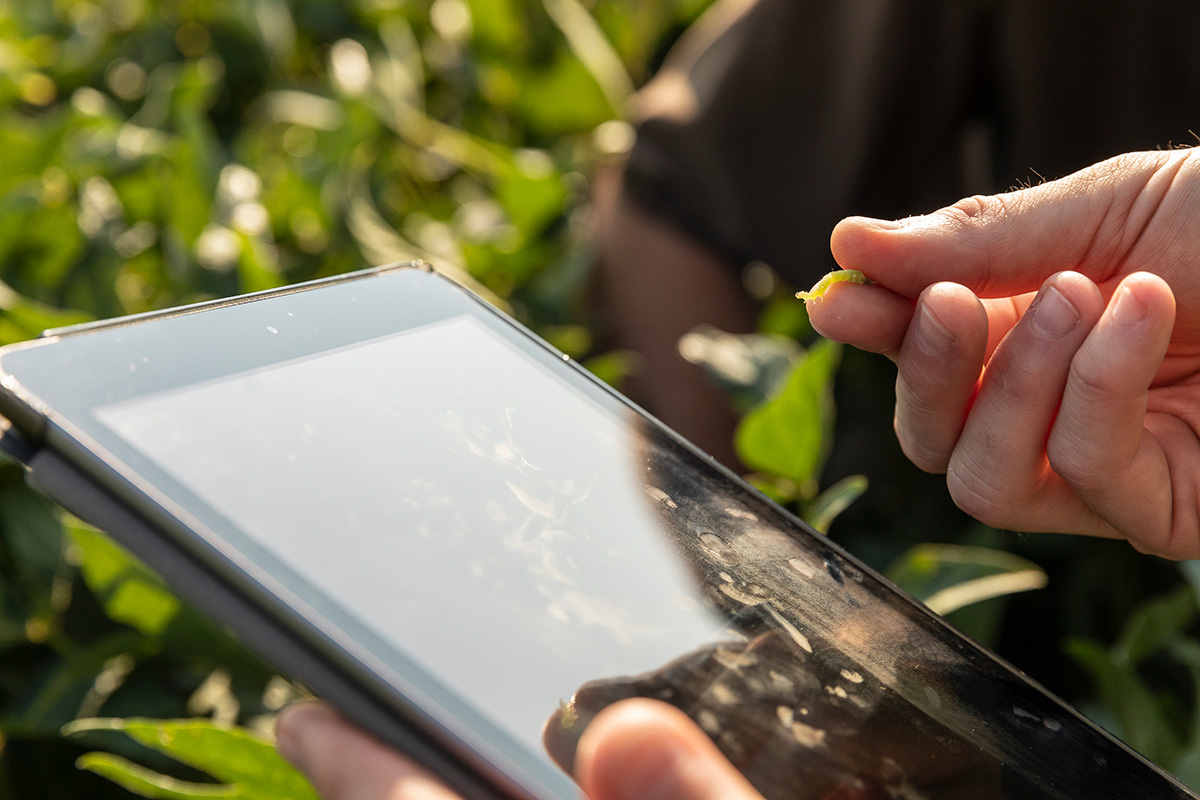All (Rail) Roads Lead to Mexico

The U.S. Department of Agriculture estimates Mexico’s oilseed crushing industry will grow about 3% in the 2019-20 marketing year, driven by growth in poultry and livestock sectors and stable growth in oil demand.1 The country’s crush capacity has been increasing in recent years as market dynamics shift. Major soybean crushers have been investing by building new plants and expanding production and processing facilities in Mexico.
Soy demand outstrips Mexico’s domestic supply, and the country turns to the U.S. for the majority of its soybean, soybean meal and soybean oil imports, according to the U.S. Soybean Export Council. The U.S. supplies about 94% of the whole soybeans imported by Mexico. The U.S. also claims 90% market share for soybean meal and 65% market share for soybean oil imports.
Mexico is the second largest soybean meal and whole soybean market for the U.S., as well as a major soybean oil market, according to Kevin Roepke, regional director of the Americas for USSEC.
“The U.S. has the production, logistics and capabilities to deliver agricultural products like soybeans from the field to international markets,” says Roepke.
Soy Shipping Logistics
How do nearly 6.5 million metric tons of soybeans and soy products get from the heartland of the U.S. to the heartland of Mexico?
“Whether via trucks, containers, trains or vessels, we can meet any customer needs in Mexico in a matter of days,” says Roepke. “But rail is the preferred method for delivery of many customers that have operations in the interior of Mexico.”
Roepke reports that about 55% to 60% of whole soybeans are shipped by rail via border crossing, while the rest is delivered on maritime vessels. Soybean derivatives — meal and oil — are delivered nearly 100% via rail.
He explains freight spread determines logistics. The distance between ports and areas of production and consumption dictates efficiencies of maritime transportation. Shipping logistics vary depending on product and customer location.
“If you look at Mexico on a map, you can see a variety of freight spreads,” Roepke says. “For customers in the interior of Mexico, paying for truck transportation to get soybeans from ports to their facilities would be too expensive. As a result, those customers have focused their capabilities on increasing efficiencies to be able to handle large unit and shuttle trains.”
Kansas City Southern, a Class I railroad that operates in both the U.S. and Mexico, is part of the efficient rail soybean exports.
“Most soybeans move from U.S. origins to Mexico in 100-car shuttle trains,” says Doniele Carlson, assistant vice president of corporate communications and community affairs for KCS. “Due to the strategic positioning of the KCS network from the U.S. heartland to consumption centers in Mexico, moving soybeans via rail allows end users to buy the quantity they need instead of a whole vessel from Gulf of Mexico ports.”
According to Carlson, moving soybean products via the KCS network is a good fit in terms of capacity and security.
“It’s also the most cost-effective value for many customers,” she adds.
As Mexico’s crush capacity increases, the country’s imports of soybean meal and soybean oil are likely to decline over time. However, Roepke says that just moves the emphasis to importing whole soybeans rather than derivative products. USDA forecasts agree, predicting a slight increase in Mexican soybean imports during this marketing year.
That means rail will continue to be critical to U.S. soybean exports. The reliability and efficiency of U.S. infrastructure, especially rail, is a key part of the competitive advantage for U.S. soybeans in Mexico.



